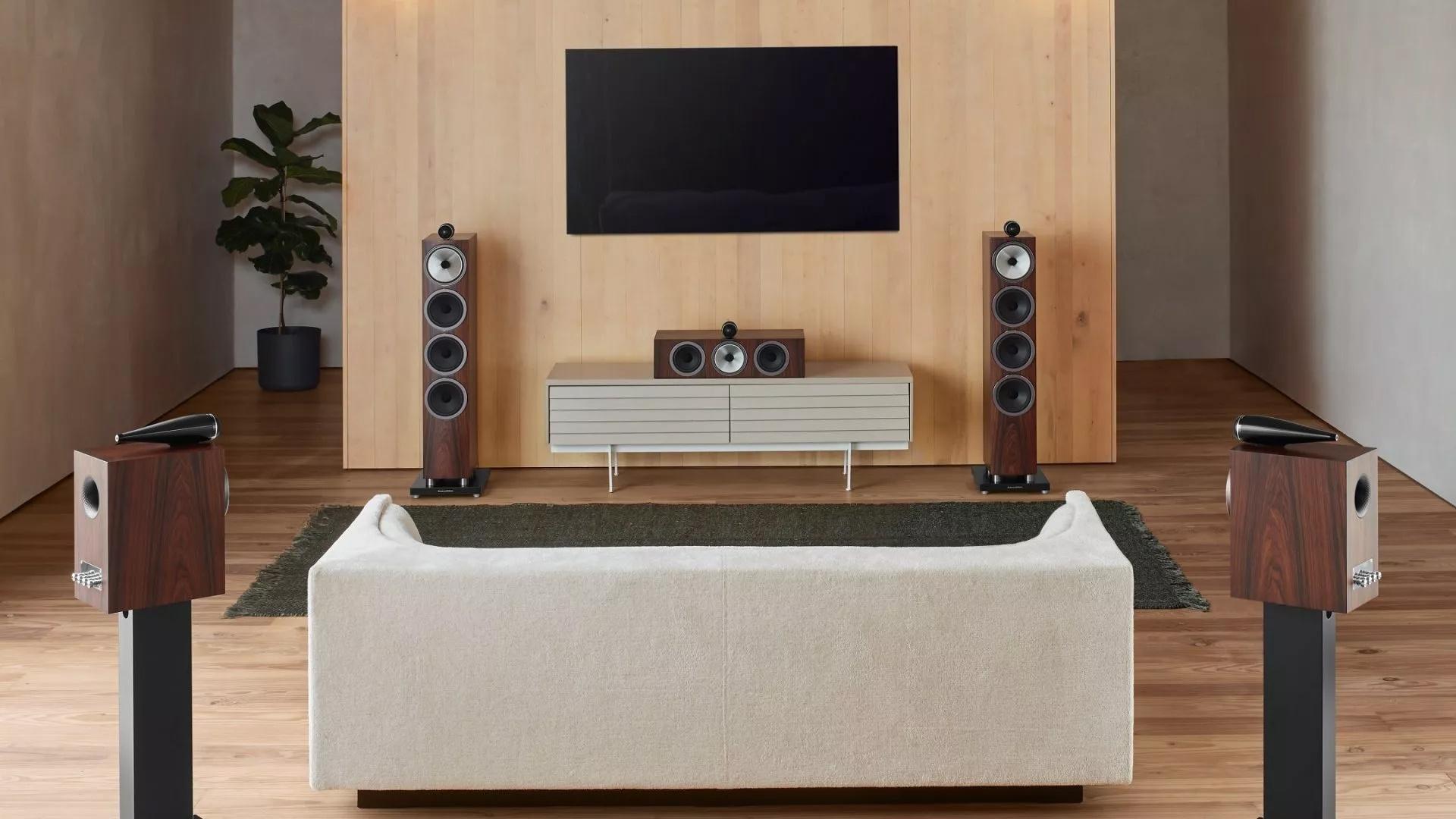Listen to your favorite music throughout your entire NYC or tri-state area property.
Control Your World With Our Bespoke Technology Solutions
We work with clients throughout the Tri-State area to find the commercial and residential technology that will transform their day-to-day lives.







Home Theater Installation
Home Theater Installation
Our audiovisual company brings the cinematic experience home.
Home Networking Setup
Home Networking Setup
Strengthen your network for all your AV, security system and smart home technology needs.
Surveillance
Surveillance
Have peace of mind knowing what’s happening in your home at all times.
Lighting Control
Lighting Control
Enjoy the perfect ambiance withseamless control of all your lights via voice commands or mobile devices.
Motorized Shading
Motorized Shading
Intuitive control of natural light enhances comfort while aiding your climate control.
Soundworks Inc
Who
We Are
At Soundworks Inc, our success over the past thirty years is because we’re passionate about what we do. From the moment you meet a member of our team—from our system designers to our office staff—we put you first. We are a solutions-based company that works with you every step of the way to find the right AV, lighting, and control options for your space. From the initial consultation, we take the time to learn your needs in order to find the ideal electronic integration system for any application. The proof is in our customer satisfaction. We survive largely on clients who refer us to family, friends and neighbors. And we’re all about creating close connections with our community. You won’t have to deal with faceless corporations or automated assistants. At Soundworks Inc, you always get a human touch.
Service Areas
Westchester County | Fairfield County | NYC | Hamptons
Soundworks perfectly blended the technology with the design.
SoundWorks is great! Our installation went smoothly with super nice and efficient technicians. They answer all questions so the “not so tech savvy” can fully understand. All of their products are state of the art and current. Everybody who works for them is very nice and left our home in impeccable condition during and after all of the work jobs they have done for us. I highly recommend them.
Alexis Dorfman
We’re Here to Help With Your Smart Home Needs
Reach out to our team to learn the true potential of smarter living. We can’t wait to make all your smart home dreams a reality.






